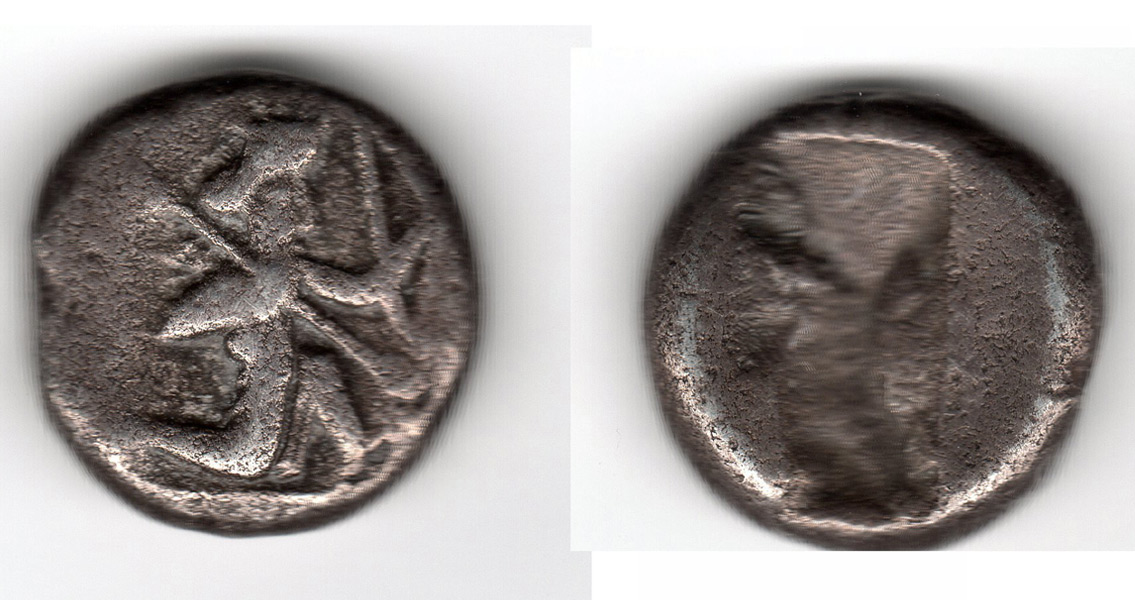<![CDATA[Archeologists working in northern Iraq have uncovered a tomb dating back 2,400 years containing the skeletons of six people at a minimum. In addition to the skeletons, artifacts found inside the tomb include a bracelet which had been decorated with images of two snake heads, each looking directly at the other. It is believed the tomb was built at either the end of the Achaemenid Empire (550 BCE - 330 BCE) or just after. Located in the Middle East, Alexander the Great conquered the Achaemenid Empire following successive campaigns, according to the research team headed by archeologist Michael Danti from Boston University. The team told Live Science, "The snake-headed bracelet was very popular in Achaemenid times," which helped them date the tomb. Due to the fact that several of the skeletons were discovered in a state of disarray, it was difficult to determine the exact number of people who had been buried in the tomb originally. Their jumbled state is indicative of someone entering, and possibly robbing the tomb in the past. The team of archaeologists also unearthed a pair of earrings made of bronze, and the remnants of almost 50 pottery vessels in the tomb, with five still intact. Of the intact vessels there was one miniature jar, a bridge-spouted jar, and three pitchers which were discovered close to the skulls of the skeletons. This tomb probably didn't belong to noblemen or wealthy individuals. Based on the limited amount of metal and other objects found and the type of ceramics found, the tomb most likely belonged to people of modest means as opposed to wealthy individuals or noble people. Additionally, the research team has yet to determine if the people buried there were related. At some point 400 to 1,300-years-ago the tomb which had originally been home to the six-plus skeletons was reused with at least five additional people being buried there. The heads of the later skeletons, separated from the original bones by a layer of soil, were all discovered facing west. No artifacts attached to the later burials were found. "Based on the lack of artifacts found with the skeletons and their locations … the tomb reuse probably dates to the Early or Middle Islamic period [eighth to seventeenth century CE], but without artifacts or carbon samples, this cannot be proved," the team says in the article, adding that the later time period of the second burials "does not mean these are Islamic burials. Historically, in this region, various religious groups have lived together, including Muslims, Christians, Yazidis, Zoroastrians and many others." The tomb was discovered by construction workers working on a project to widen a road, and was first excavated in 2013. Islamic State militants damaged, looted and destroyed many heritage sites after they conquered this region in northern Iraq in 2014. This particular tomb, however, was not within an area they occupied. The results of the excavation were presented at the annual meeting of American Schools of Oriental Research. ]]>
2,400-year-old Skeletons Discovered in Northern Iraqi Tomb
